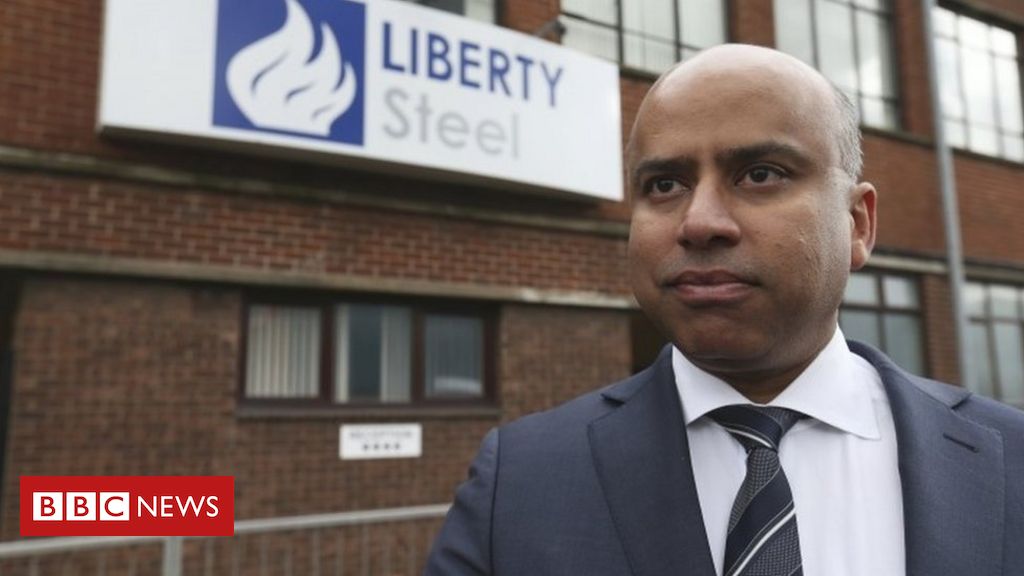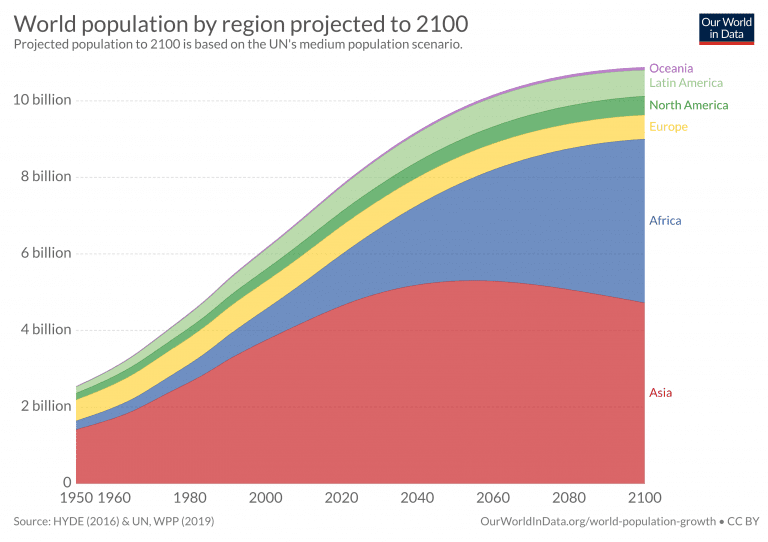A Port Power sponsor, other one in partnership with a Port Power benefactor, third one employs a former Port Power executive and a well known Port Power supporter. Mention one, you gotta mention all three.
Cue the Adelaide media knives
But yes, an amazing triumvirate





